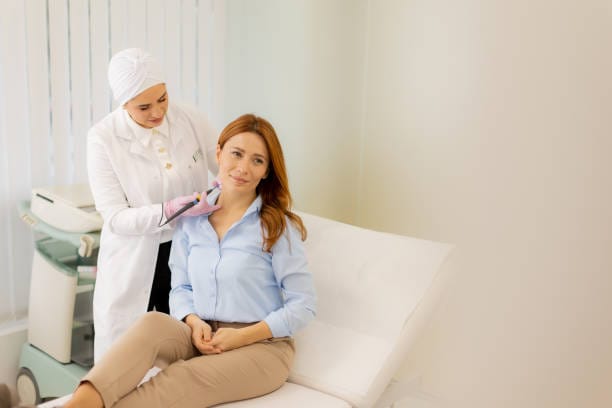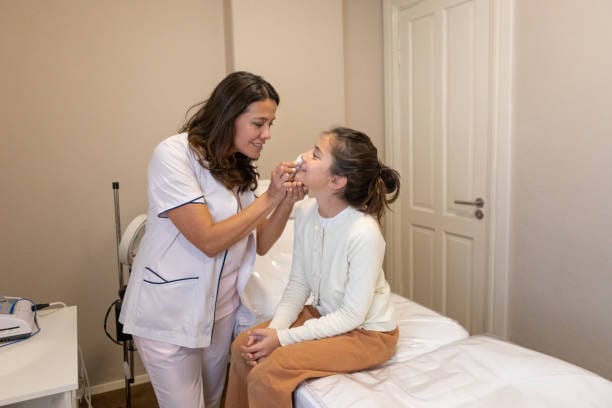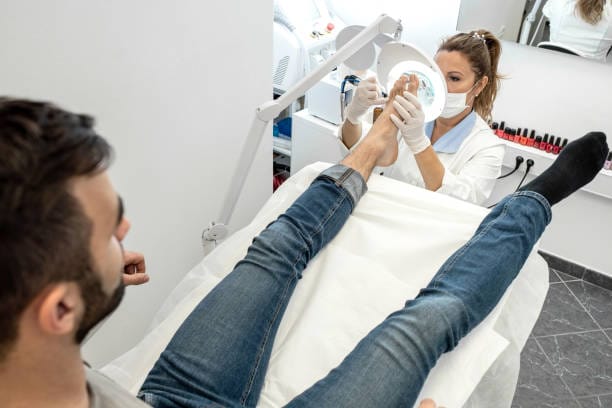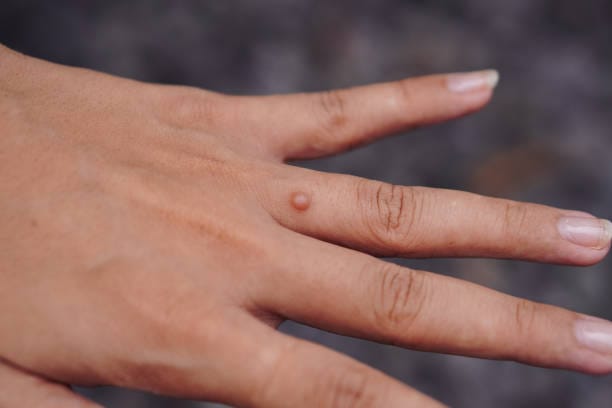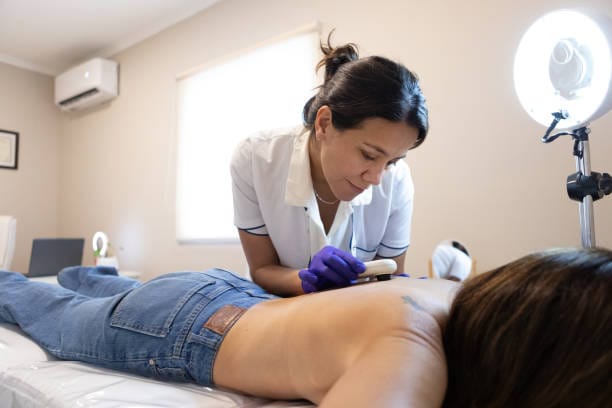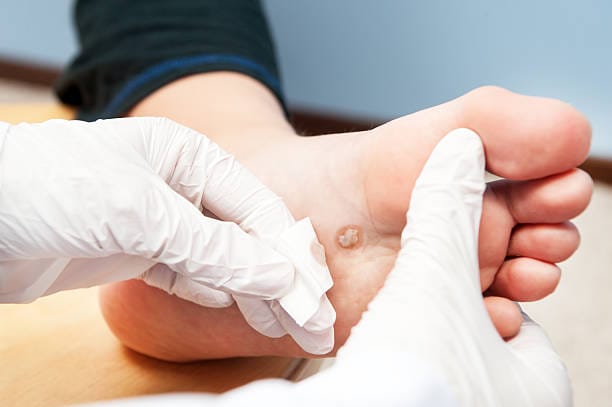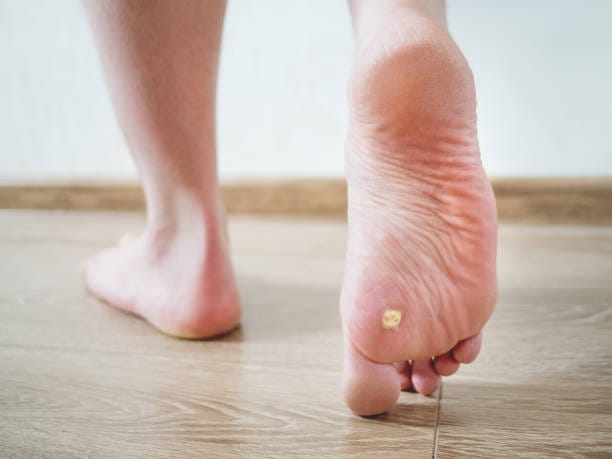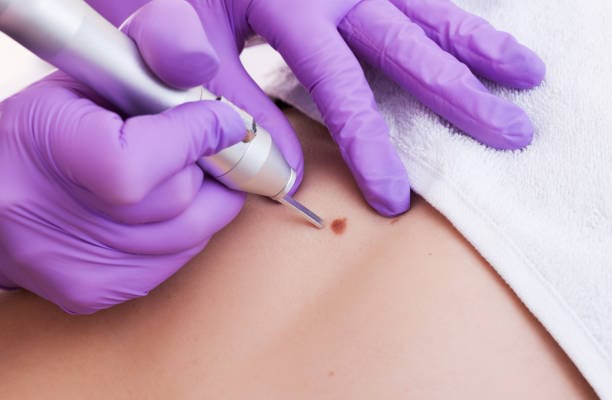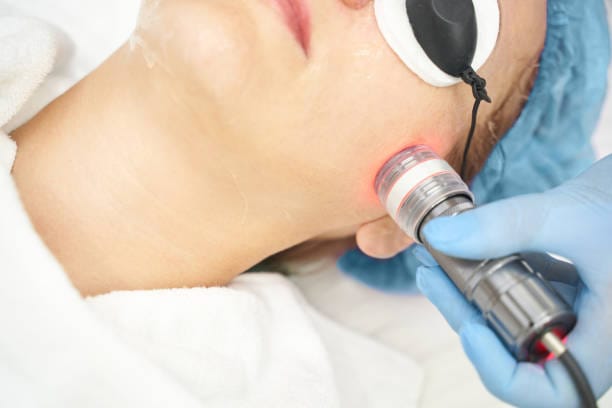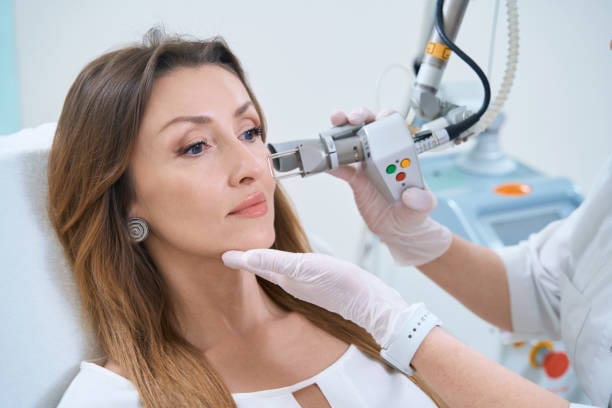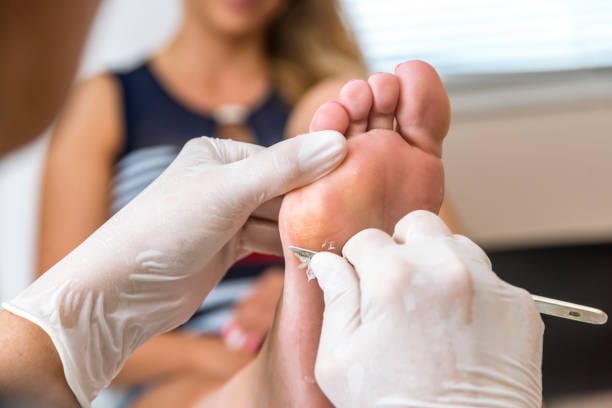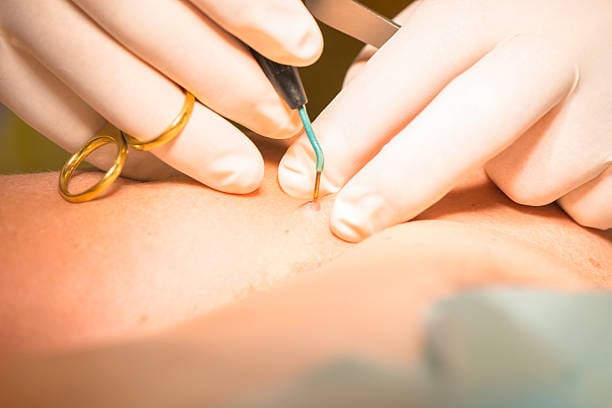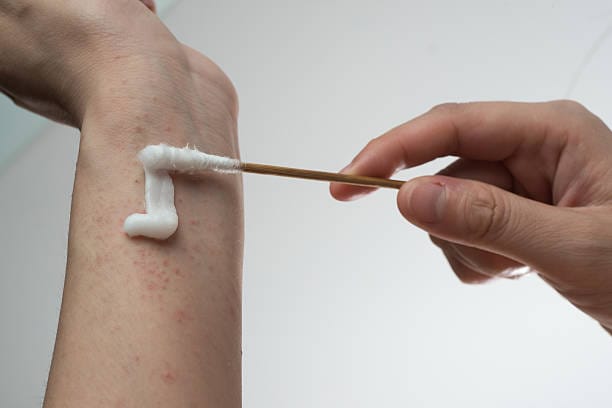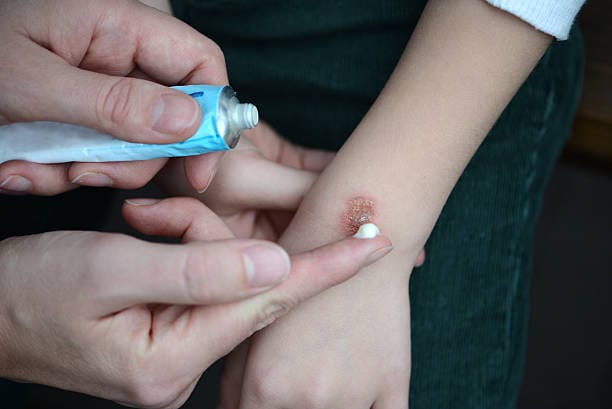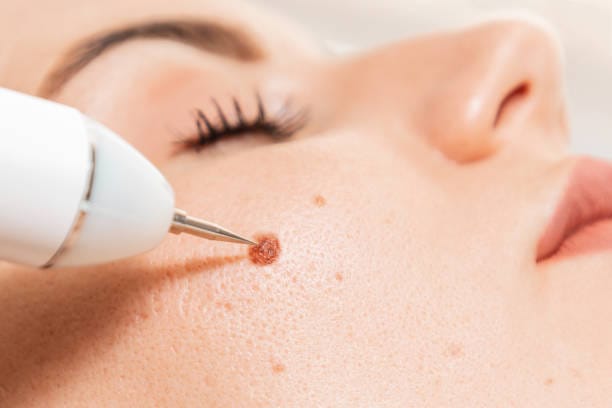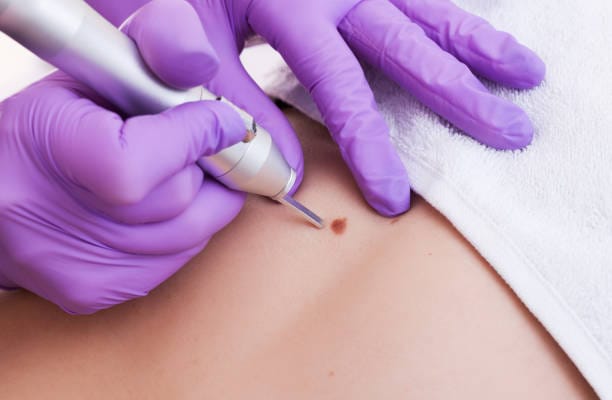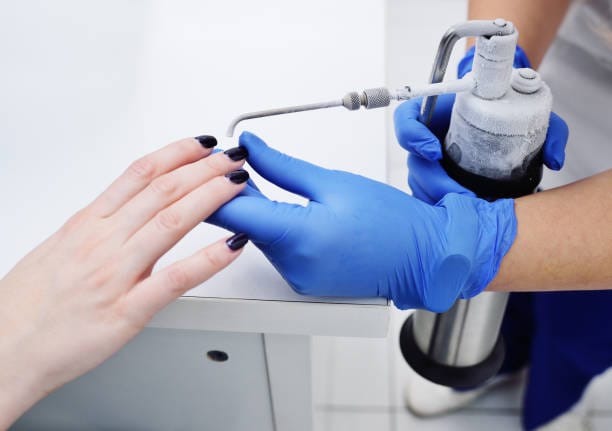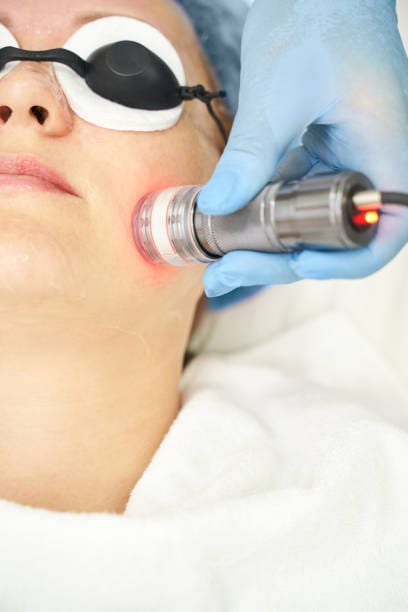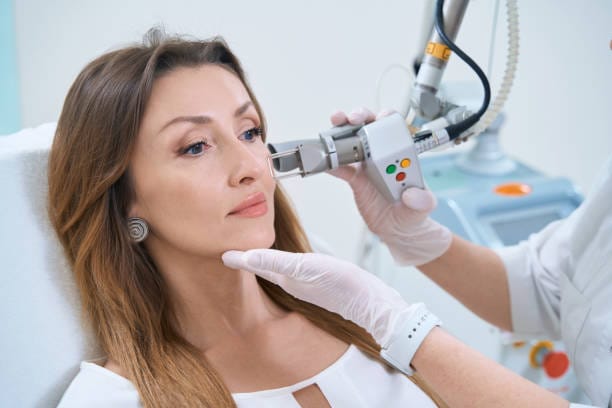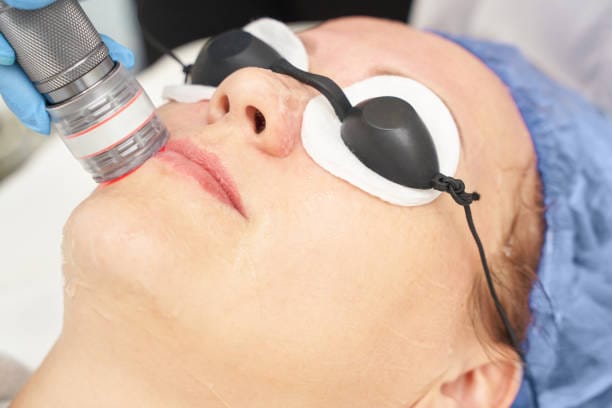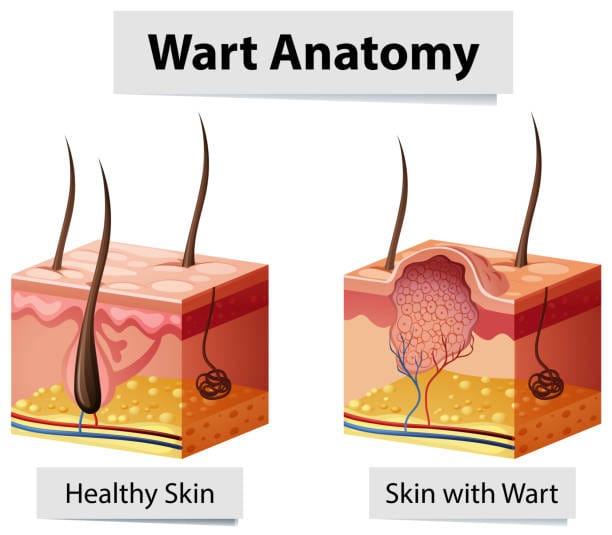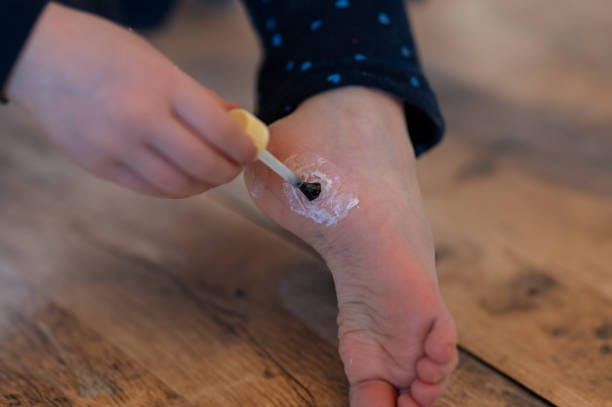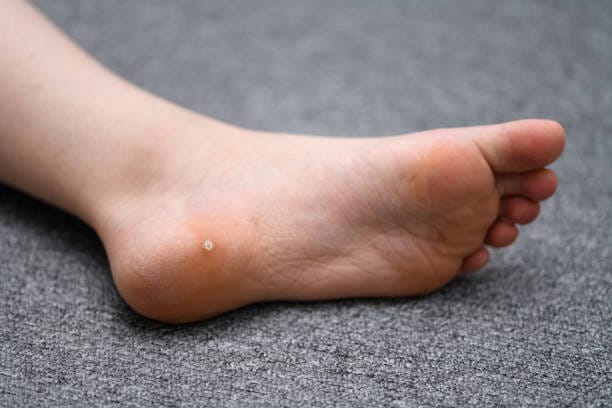Affordable Wart Removal Manchester: What Are Your Options?
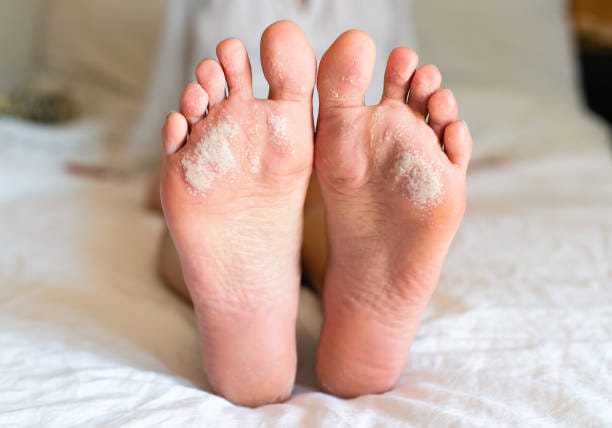
Introduction
Warts are widespread and may form on various parts of a person's body. However, they are generally harmless. The HPV causes them to resemble small, circular, rough patches on the skin. Though benign, they may irritate the skin if they form in sensitive areas.
It is important to remember that warts are contagious and can be spread further through contact with other infected individuals, which is why you need to get them treated as soon as possible. They can also be caused when you come into contact with objects that are already contaminated, such as towels and shoes.
If not taken seriously, the warts may spread to other parts of the body or even other people you are in close contact with. Not to forget, warts that are positioned in places that are exposed to the public such as the hands and face can cause major setbacks to your confidence and self-esteem. Addressing these little troublemakers can help make the process of getting rid of them much easier, boosting your confidence and self-esteem in the long run.
There are various options for affordable wart removal in Manchester. Some of these are over-the-counter, while some more professional treatments are also available.
Over-the-counter solutions are more affordable compared to professional treatments. In the following article, we will discuss all the pros and cons of all types of solutions for warts. We will discuss home remedies for warts and treatments that are available in clinics in Manchester.
Understanding Warts
Different kinds of warts can appear on different parts your body. To decide what treatment you want to go for you must first understand what type of wart you are dealing with. Here are some of the most common warts that appear frequently:
Common Warts: Common warts, as the name suggests, are the ones that appear the most and are mostly found in places like your fingers, feet, and hands. These are not dangerous and can be removed easily using over-the-counter or sometimes professional treatments. These are only annoying and cause discomfort when they appear in places where there might be friction.
Plantar Warts: Plantar warts mostly form at the bottom of your feet. These are flat, unlike the common warts due to the constant pressure from walking. These form inwardly and can be very painful and cause a lot of discomfort.
Flat Warts: Flat warts are much smaller compared to other warts but these do appear in clusters rather than being spread out. They are shaped like a plateau with a flat top. These are smooth and do not have a rough surface like common warts. They commonly target teenagers and children in places like the face, neck, and arms.
Genital Warts: Genital warts are transferred from one person to another sexually and are caused by a specific type of HPV. You need to deal with these as soon as possible due to their sensitive location. They may cause you irritation which may make everyday tasks very uncomfortable for you.
Warts are infections that are caused by direct contact with someone else who has the virus. Each of these has more than 100 strains. This can infect the skin straight through its surface and also through cuts. People with weak immune systems are more likely to get the warts.
You should seek treatment when warts are persistently forming on your skin and not going away. You should also consider treatment if the warts forming are causing you any kind of pain. Addressing the warts situation early makes it easier for the professional to get rid of them because if they are left for long they may increase and also become more stubborn and not fall off easily during treatment.
Why Consider Wart Removal
Warts can be and seem harmless at first. However, having warts in places visible to the public may affect a person's confidence and emotional well-being while some warts may spread rapidly to other areas of the body. We will now get into why you should get rid of the warts that have formed on your body.
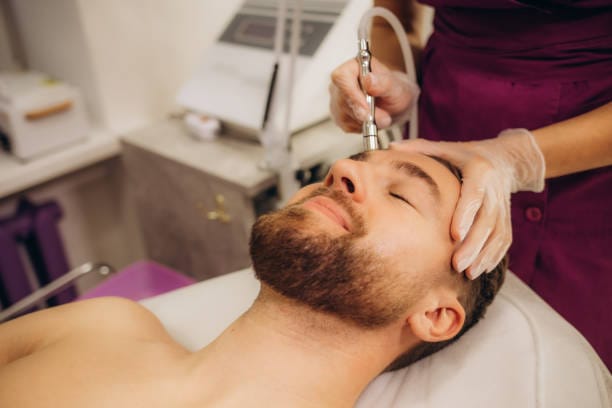
Prevent Discomfort and Pain: Some warts like the plantar warts can be very painful as they form at the sole of your feet and experience constant pressure. The constant pressure allows you to feel pain whenever you walk and put weight on your foot. If you are into sports it will also affect your performance during play. Also, if your warts are formed in a place where there is constant friction, you should address it quickly as that can also be very uncomfortable.
Stop the Spread: Warts are highly contagious and can also transfer to people that you are close to. They can transfer through contact or even by sharing items. This is why you should address them and get rid of them as soon as possible so that you do not infect and have an impact on other people as well.
Restore Confidence: Warts that are located in places that are visible to the public can affect a person's self-esteem and confidence. They can cause you to be embarrassed and avoid social interactions. So getting rid of the warts can restore your confidence and bring your old self back.
Prevent Complications: If warts are left unattended for too long they may spread to different parts of your body and create clusters. They can also cause infections in your skin which will then become a headache for you to resolve which is why it is best to address them at the beginning stage rather than prolonging the process for no reason. Genital warts can be very dangerous and should be addressed immediately. They also come with a threat of different types of cancers.
Avoid Long-Term Persistence: Warts can take several weeks and even months to disappear on their own which is why some people look for treatments to speed this process up.
While looking for treatment options you need to weigh out the options and choose one according to your budget. There are many different opinions on prices at various price points. It is up to you to choose which one is best for you. It is important to choose a balance of quality and pricing. Cheaping out could mean that maybe the clinic does not focus on hygiene and is maybe not good at the job at hand.
Affordable Wart Removal Options in Manchester
You will be happy to know that there are quite a few options for affordable wart removal in Manchester. They vary from over-the-counter options to professional treatments available in clinics that may cost a bit more. Different wart removal options are available for different types of warts.
Over-the-Counter Treatments
Over-the-counter options are for non serious cases of the warts. They are affordable and convenient for the customer. However, they might not be as effective as professional treatments available in clinics. But these solutions offer good value due to the price points they are available at.
Salicylic Acid-Based Products: Salicylic acid is the most widely used solution for warts. It is easy to use and readily available at any pharmacy or retail shop in your specific area of Manchester. Salicylic acid works by softening the infected area and allowing it to disappear slowly. Salicylic acid is available in liquid form and also in the form of pads.
Cryotherapy Kits: Cryotherapy kits allow you to freeze the warts off your skin. With enough exposure to the cold, the warts eventually fall off completely from the skin. Cryotherapy kits use liquid nitrogen to freeze off the warts. They are effective for smaller warts but may not be as effective against bigger ones which may require professional solutions.
Wart Creams and Gels: Wart creams work similar to Salicylic acid. They are also cheap and easy to apply. They also work by breaking down the wart tissue and slowly helping the warts disappear. These are also widely used as they are very easy for the consumer to use.
Home Remedies
Home remedies are the first thing people think about when dealing with warts as they do not want to go through the hassle of booking an appointment and going to a professional clinic. It is important to know that home remedies may not be as effective and efficient as professional treatments from clinics that have been removing warts effectively for a long time. Home remedies are good options for affordable wart removal in Manchester.
Apple cider vinegar: Apple cider vinegar is used in lots of households by many people to remove warts. The vinegar is very acidic which helps break down the tissue and remove the warts from your skin.
Duct tape method: A not-so-common way of removing warts is by applying duct tape on it and then letting it be for 6 days. Then after taking the duct tape off you soak the wart in lukewarm water until it becomes soft. Then you use a nail filer to file the wart and make it smooth. You must then repeat the process until the wart falls off or disappears on its own.
Aloe Vera method: Aloe Vera is very soothing on the skin and also feels very nice. It is also used to remove warts as it can help heal or at least reduce the size of warts. You should extract aloe vera freshly and then apply it to your skin. Then cover the wart and Aloe vera using a bandage and do so until the size of the wart decreases or it is completely off.
Local Clinics and Dermatologists
Not all warts can be removed with the help of home remedies. Some require more professional attention. This is why many people go to clinics to get their warts removed by professionals who are trained in this field.
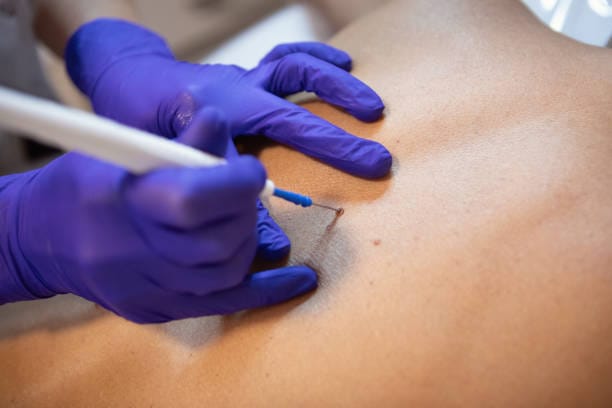
Laser Therapy: Laser therapy uses heat that is created by a beam of light to remove warts. This is very efficient option and does not require more than two visits to the clinic to get rid of all your warts. This treatment is a bit expensive compared to all the other home remedies and over-the-counter treatments. This process is very efficient and normally used for warts that are very stubborn and that do not fall off easily.
Surgical Removal: This is normally used only for warts that are very big and that do not come off easily at all. It involves cutting and scraping the wart off of the skin. This option is also the most expensive compared to others. It is normally used after the other methods have failed. After the warts are cut and filled they are bandaged to prevent infection of the cut after the surgical procedure.
NHS Options
The NHS provides services for those who are looking for cost-effective ways to get treated. Their services are either free or charged for the services and equipment that may be used during the procedure.
But bear in mind that most of the time the fee is very minimal. They will first check whether you are eligible for NHS treatments. They will first assess the situation and see if the warts are actually causing you any discomfort or if you only require this process for cosmetic reasons. The waiting times are high for NHS treatments as they are high in demand. They offer services just like any other clinic you might go to. This is an affordable option for wart removal in Manchester.
Insurance and Payment Plans
Most private medical facilities in Manchester cover effective treatment of warts in their plans. But, not all kinds of procedures for wart removal are covered by private insurance.
The specific treatment that you might want may not be covered by your insurance. If you are just looking to get your warts removed for cosmetic reasons then it is most likely that the insurance will deny your claim. It will be only covered by the clinic/hospital insurance will only cover it if it is necessary to get the treatment if the warts are causing you some type of discomfort.
Therefore, before booking an appointment you should get in touch with your insurance company and see if the procedure you are about to get is covered by them or not.
Choosing the Right Option For You
The first thing you need to do to choose the right option is to first identify the type of wart that is forming on your body.
Without knowing the kind of wart it is impossible to choose the correct option. If you are facing discomfort and pain the best option would be the NHS as that would be the cheapest and best option for you.
Whereas if you are not short of funds and do not want to wait around, a private clinic would be the best fit for you. If the warts are small and not harming you in any way then you can easily try any home remedy or over-the-counter solution mentioned above.
Preventing Future Warts
Getting rid of warts is one thing but guaranteeing that they do not come back is another. To prevent them from coming back you must maintain good hygiene as these spread from the contact of people with one another. You should regularly wash your hands and disinfect areas of your house where you might think there are germs such as the shower and gym.
You should also wear closed shoes rather than wearing flip-flops. This will help keep your feet protected from the germs outside. Try not to touch any wart present on your body if there are some to stop them from spreading to other parts as well.
Conclusion
There may come a point wart removal is very important. Firstly it is bad hygiene to have a body full of warts. Secondly, it will affect your confidence in public as well as your self-esteem. Some people are also very embarrassed by their warts. This may cause them to avoid social interactions altogether.
It is also very crucial to make sure to prevent warts from coming back in the future to avoid going through the same cycle of treatment, cure and prevention once again. This can be done by maintaining hygiene and reducing germs from your daily life. Wear closed shoes and even gloves while dealing with objects that might contain germs.
In short, there are plenty of affordable wart removal options in Manchester. It is up to you to choose what is best for you and what suits your budget and your specific type of wart.
In case you are still confused about what options to choose, visit the Revitalise London Dermatology Clinic's homepage to discover new affordable wart removal options in Manchester.

